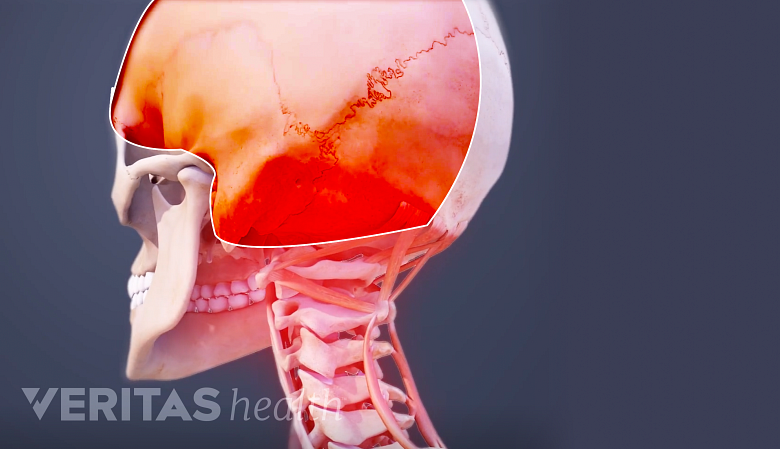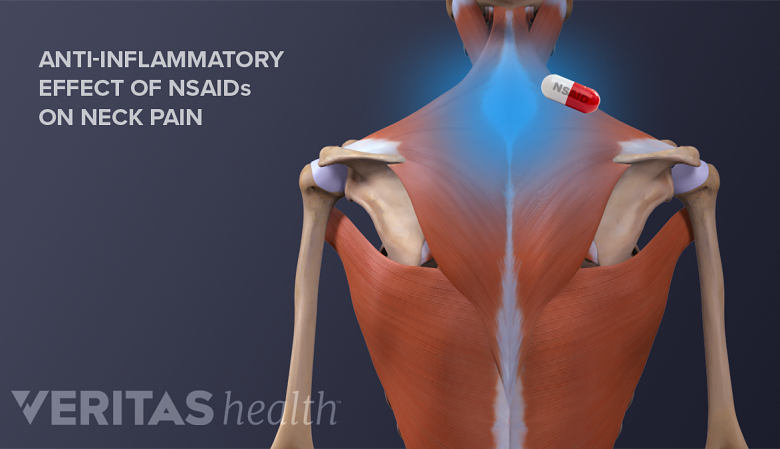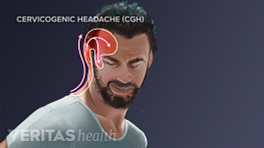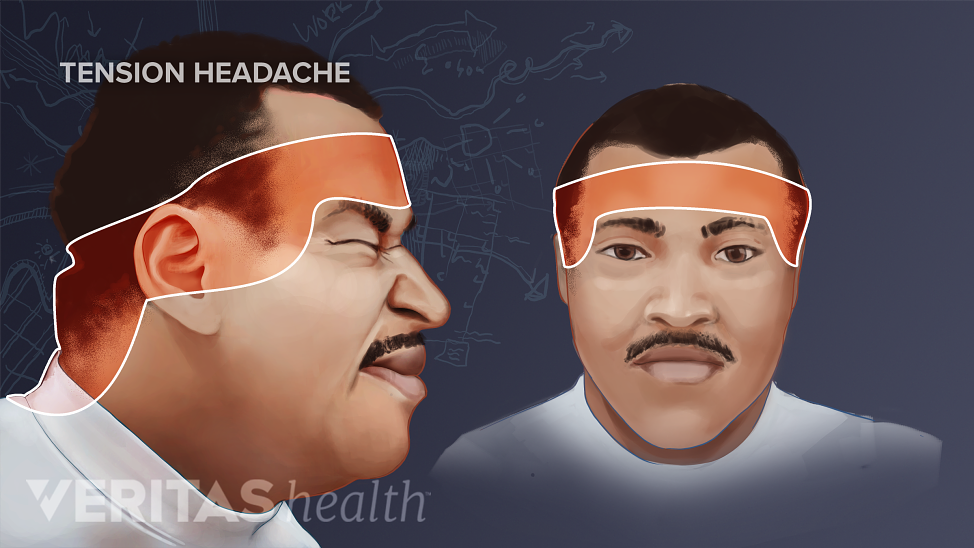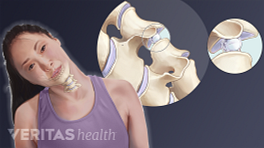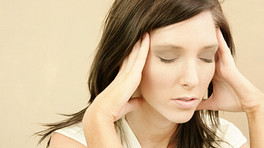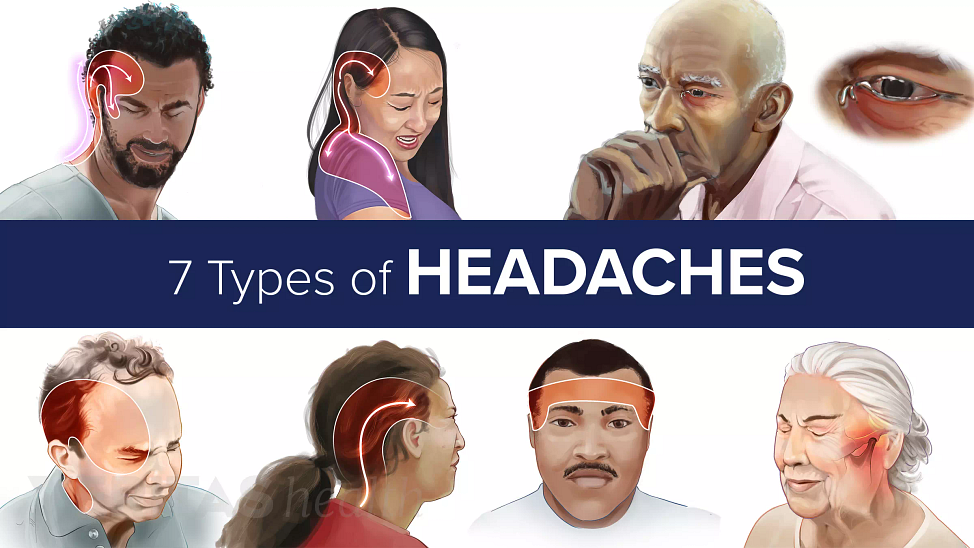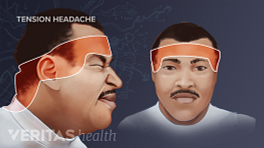Migraine headache, or migraine is a common disabling episodic headache characterized by throbbing or pulsating pain on one side of the head. More than half of the migraine population experience neck pain before and/or during a migraine attack. 1 Blau, J. N., MacGregor, E. A. Migraine and the Neck. Headache: The Journal of Head and Face Pain, 34(2), 88–90. , 2 Lampl C, Rudolph M, Deligianni CI, Mitsikostas DD. Neck pain in episodic migraine: premonitory symptom or part of the attack? J Headache Pain. 2015;16(1):566. While in most cases neck pain in migraine is limited to the upper neck region, sometimes the pain may radiate to the lower neck and/or shoulder.
Migraine is believed to be caused due to genetically modified hypersensitive neurons in the brain. These neurons are triggered by environmental changes (such as temperature or altitude changes), hormones, food, or smell; and in turn trigger adjacent neurons to induce pain pathways and cause migraine symptoms.
In This Article:
Symptoms of Migraine Headache
Migraine headaches cause throbbing pain, often with nausea and sensitivity to light and sound.
The symptoms of migraine progress through 4 stages, however, all 4 stages may not be present in everyone with migraine.
- Prodrome. Several hours before a migraine, warning signs such as neck pain or stiffness, mood changes, depression, food cravings, increased thirst/urination, and/or frequent yawning may develop.
- Aura. Flashes of light, bright shapes, bright spots, vision loss, tingling in the upper and/or lower limbs, difficulty speaking, jerking movements, and/or hearing noises may be experienced in the aura phase. Minutes to hours after this phase, the migraine attack starts.
- Migraine attack. Severe throbbing pain on one or both sides of the head, sensitivity to light and sound, nausea/vomiting, lightheadedness, and neck pain occur in this phase. Some evidence suggests that neck pain may be a symptom of migraine rather than a trigger, but more research is needed. 3 Luedtke, K., Mehnert, J., May, A. Altered muscle activity during rest and during mental or physical activity is not a trait symptom of migraine - a neck muscle EMG study. The Journal of Headache and Pain (2018), 19(1).
- Post-drome. A feeling of confusion, weakness, and exhaustion may continue for up to a day after the migraine attack.
A migraine headache typically lasts for 4 hours and can continue up to 72 hours if not treated. 4 The International Classification of Headache Disorders (2013) 3rd edition (beta version) ICHD-3 beta. Cephalalgia 33:629–808.
Comparison of Migraine Headache With Similar Headaches
Migraine may not always be severe. Migraines that involve both sides of the head with neck pain can be similar to tension-type headache. However, unlike tension-type headache, migraine headaches worsen with physical activity. One-sided migraine headaches with neck pain may also mimic cervicogenic headaches.
Migraines are diagnosed based on physical examination and medical history. Diagnostic tests are useful to rule out other conditions such as infections, tumors, stroke, neurological conditions, and others.
Treatment of Migraine Headaches
NSAIDs alleviates pain in the head and neck by reducing inflammation.
Treatment of migraines are aimed at reducing symptoms and preventing future headaches. Common treatment methods used to treat migraines are:
- Pain-relieving medications including non-steroidal anti-inflammatory drugs (NSAIDs), triptans, ergotamine and caffeine combination drugs, narcotic drugs, steroids and anti-nausea medication.
- Preventive medications including beta-blockers, tricyclic antidepressants, valproate, topiramate, higher strength naproxen and onabotulinumtoxinA.
- Alternate treatments such as acupuncture, biofeedback, massage therapy, and cognitive behavior therapy may also be useful in preventing migraine symptoms.
Resting in a dark room after taking medication is useful in providing relief from migraine attacks.
- 1 Blau, J. N., MacGregor, E. A. Migraine and the Neck. Headache: The Journal of Head and Face Pain, 34(2), 88–90.
- 2 Lampl C, Rudolph M, Deligianni CI, Mitsikostas DD. Neck pain in episodic migraine: premonitory symptom or part of the attack? J Headache Pain. 2015;16(1):566.
- 3 Luedtke, K., Mehnert, J., May, A. Altered muscle activity during rest and during mental or physical activity is not a trait symptom of migraine - a neck muscle EMG study. The Journal of Headache and Pain (2018), 19(1).
- 4 The International Classification of Headache Disorders (2013) 3rd edition (beta version) ICHD-3 beta. Cephalalgia 33:629–808.
